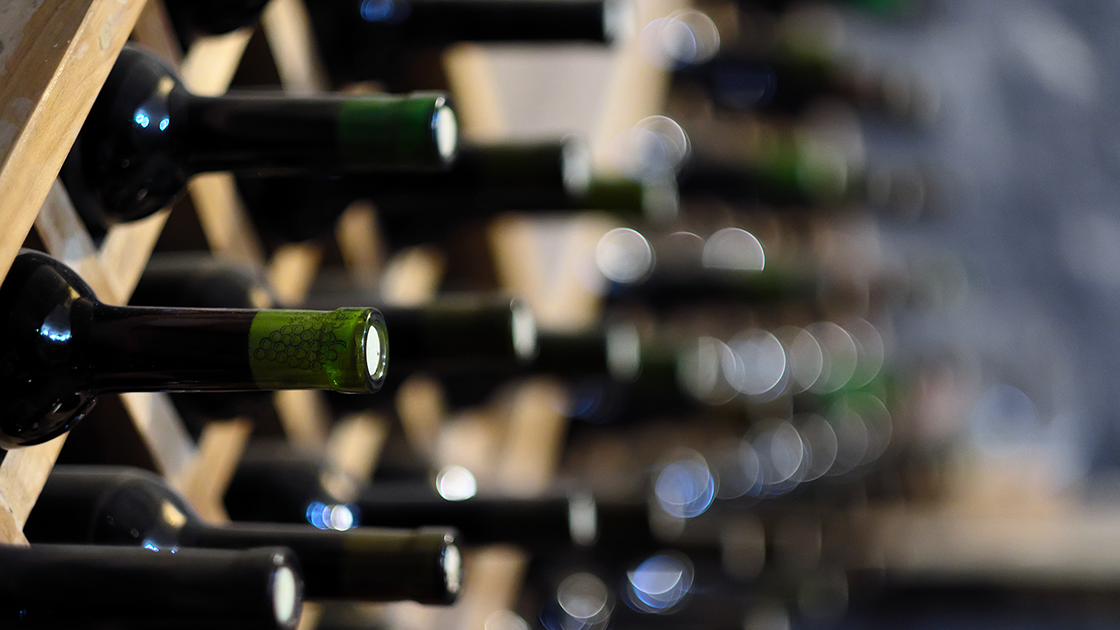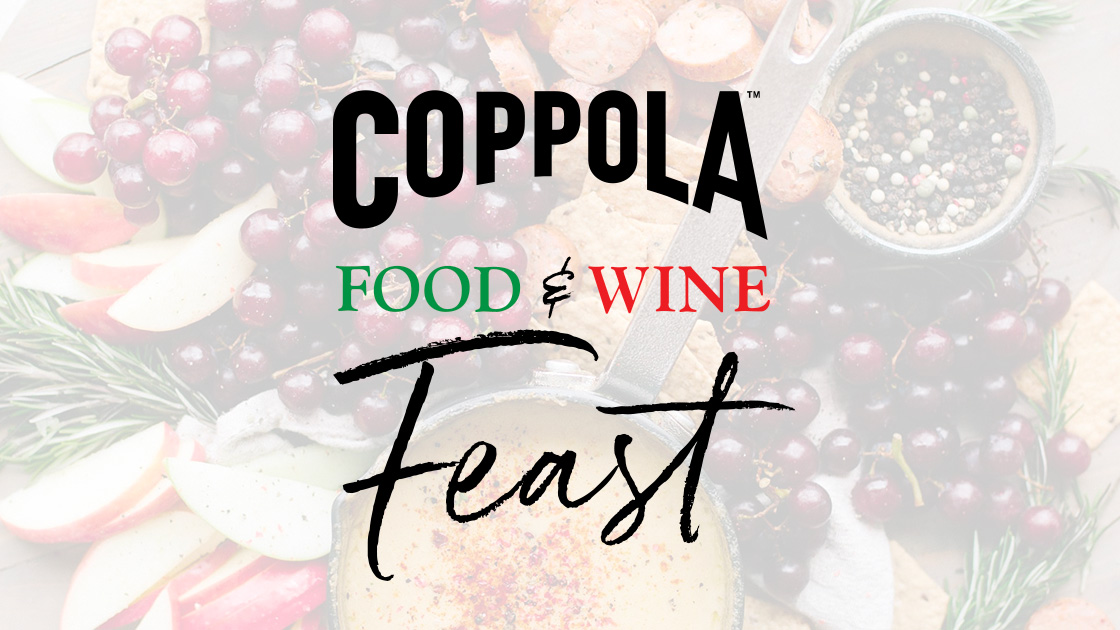Barrel Aging
wine 101
By Sandy Walheim, Winemaker

Why Put Wine In Barrels?
Many wines spend part of their early life in oak barrels, before being bottled. It is an essential part of a wine's maturation. A wine may stay in barrel for just a few months or for as long as nearly two years. This type of aging adds flavor and complexity and also softens a wine.
The primary goal of barrel aging is to complement a wine's flavors with the flavors of the oak. The characteristics a wine picks up from a barrel express themselves in an array of flavors and a lengthy finish that, in turn, enhance a taster's experience, both of the wine itself and of the food with which it is enjoyed.
Barrels have additional functions. They are excellent vessels for settling wine in order to achieve natural clarity. And, sometimes, a barrel is the best choice for fermentation. We ferment a great deal of chardonnay in barrels, which adds appealing dimensions to the popular varietal.
Are All Barrels Created Equal?
Every element that goes into the creation of a barrel impacts a wine. The source of the oak itself is the most important factor. We use barrels made of Hungarian, French and American oak, pairing them with specific wine programs. Barrels used for Chardonnay and Pinot Noir, for example, will differ from those used with Zinfandel.
The cooperage, where a barrel is made, and the cooper, the craftsman who makes the barrel, are important, too. Each cooperage has its own distinct style and part of the work of a winemaker is to learn what fits best with which wine. When it comes to barrels, one size does not fit all!
Oak is, of course, a natural product and, like all natural products, varies from season to season and place to place. An experienced, talented cooper brings a level of consistency to their barrels. This consistency is achieved, in part, by the selection and aging of the wood and by the toasting process, which involves "toasting" the staves over fire for the exact right amount of time.
When we use a new cooperage, it takes time to test the barrels. Feedback is slow to come and so we start with just a few barrels to see if the fit is right and which program will be the best for the new barrels.
What Varietals Do Best in Barrels?
The current trend in winemaking is to not age light white and other fresh and fruity wines in barrel. The classic barrel-aged white wine is Chardonnay.
Most red wines see at least a bit of time in barrel. A light-style pinot noir may need only 7 or 8 months, but a robust, heavy red wine, such as a Cabernet Sauvignon, may require 15 to 18 months of barrel aging to coax it to suave maturity.
Our aging practices are tailored to create an ideal balance between fruit flavors and flavors that come from the oak. A wine's final expression must be harmonious, balanced and appropriate to the vintage.
Director's Cut Zinfandel is one of our wines that incorporates more American oak than many of our other varietals. This domestic oak brings flavors of vanilla, mocha and caramel, which beautifully complement the ripe black fruit of Zinfandel. We add a little French oak, too, as it brings a toasted bread roundness to the palate.
The array of coopers and cooperages we use create myriad aromas and nuances of flavor, which make you want to have a second glass!

